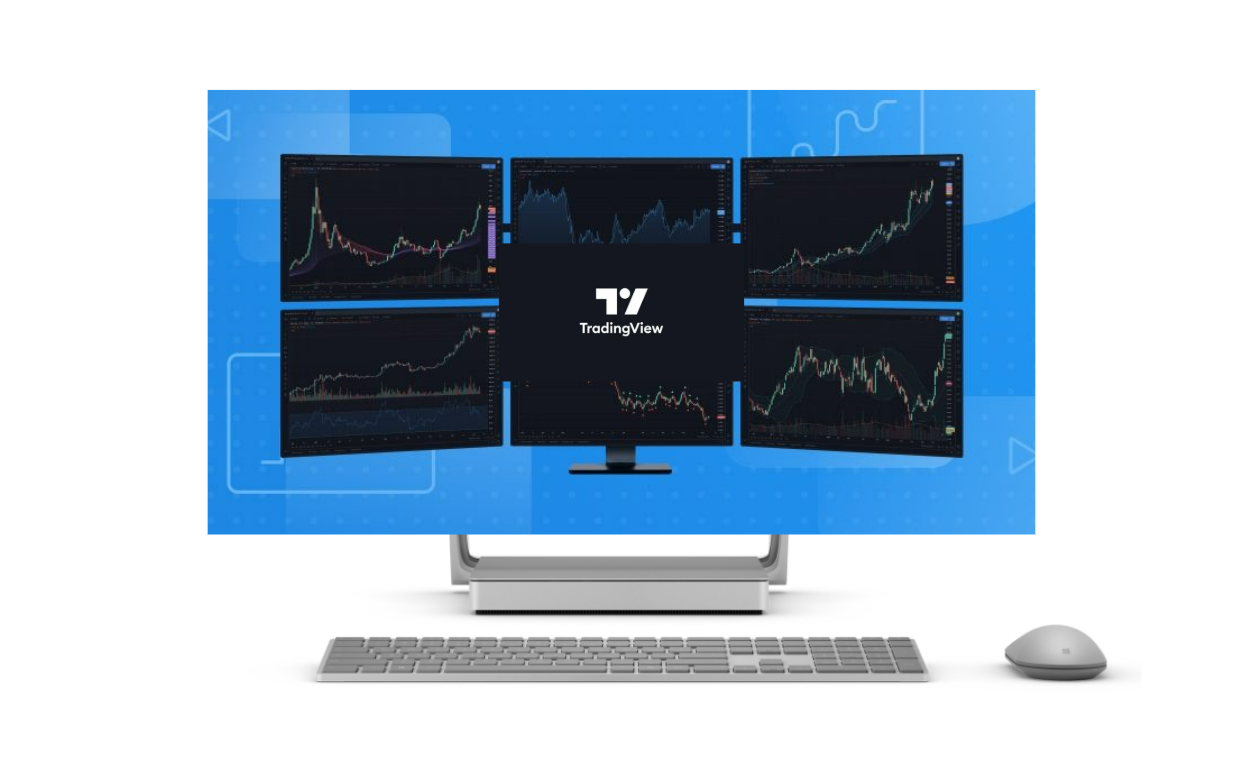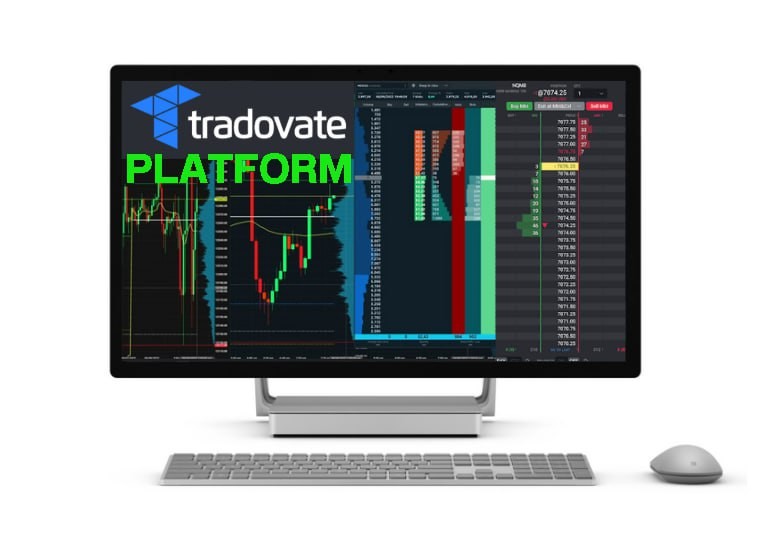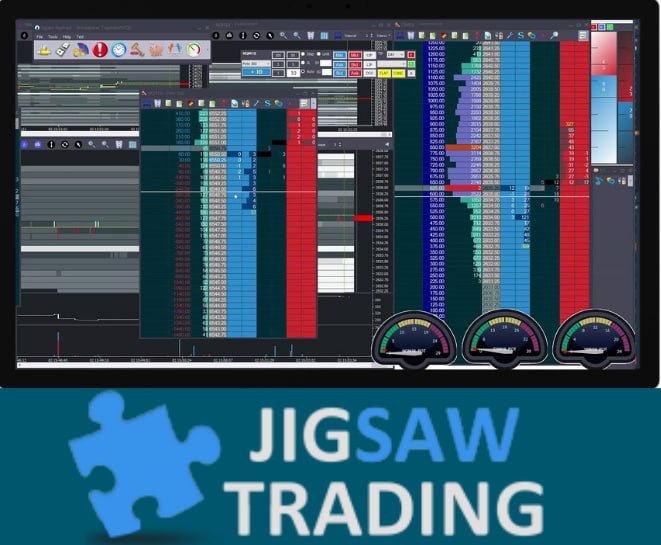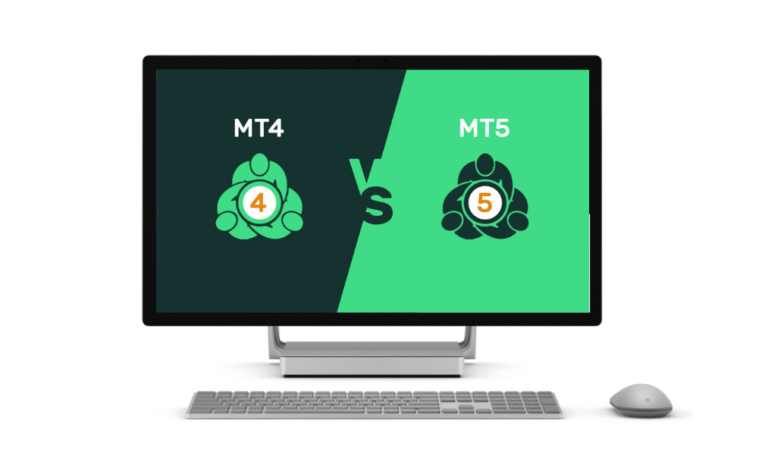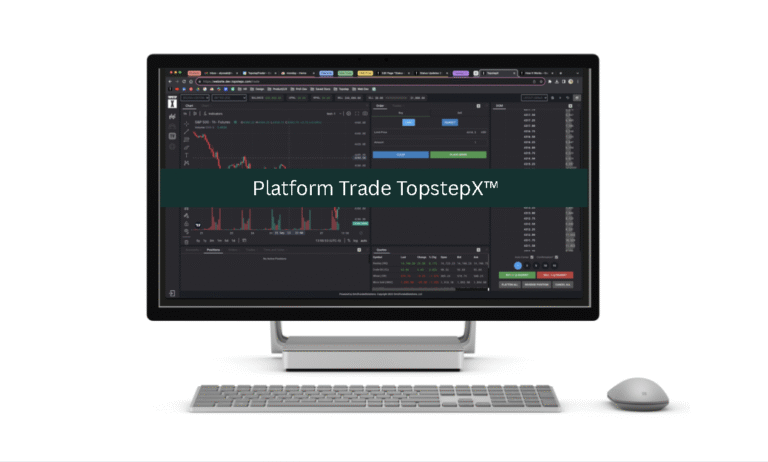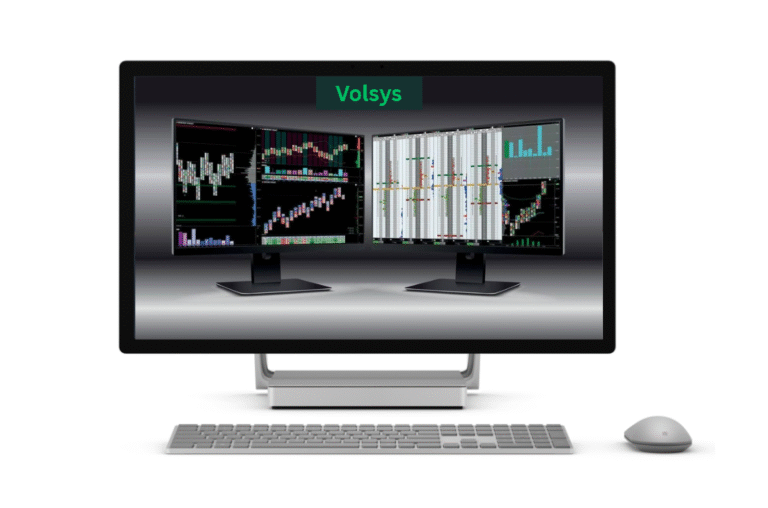TradingView: A Comprehensive Guide for Traders and Investors
TradingView
Introduction: What is TradingView?
In the modern world of trading and investing, technical analysis tools and charting platforms have become essential for every trader, whether a beginner or a professional. Among the most popular and widely used platforms in financial markets today is TradingView.
TradingView is not just a simple charting tool — it’s a powerful, web-based platform that combines advanced analytical capabilities with a vibrant social community of traders from around the globe. It allows users to analyze stocks, forex, cryptocurrencies, commodities, bonds, and more, all within one unified interface.
This article provides an in-depth look at what makes TradingView so special, including its key features, subscription plans, how to get started, and tips for using it effectively.
Section 1: Overview of TradingView
1.1 History and Background
TradingView was founded in 2011 by a Russian development team consisting of Stan Bulyanov, Dmitry Sevrinovsky, and Markus Elsinger. The main goal was to create a user-friendly, web-based platform for financial charting without the need for complex software downloads.
Since its launch, TradingView has grown rapidly due to its intuitive design, powerful charting engine, and unique social collaboration features.
1.2 Services Offered by TradingView
TradingView offers a wide range of services for traders and investors, including:
- Professional-grade charts for all market types
- Advanced technical analysis tools
- Built-in and customizable technical indicators
- An active trading community
- Smart price alerts
- Multi-market support: stocks, forex, crypto, commodities, indices, and currencies
- Integration with real-world trading platforms like MetaTrader, Binance, etc.
Section 2: Key Features and Advantages of TradingView
2.1 User-Friendly and Customizable Interface
One of the standout features of TradingView is its simple yet powerful interface, which is accessible even to beginners.
- Custom layout options: Rearrange windows and add tools based on your needs.
- Dark mode for eye comfort during long sessions.
- Fast loading speed even with complex charts.
2.2 High-Quality Charting Tools
TradingView uses its own lightweight charting library, designed for efficiency and clarity.
Available Chart Types:
- Candlesticks
- Line Charts
- Area Charts
- OHLC
- Heikin Ashi
- Renko
- Point & Figure
- Kagi
- Line Break
- Range Charts
Each chart type serves different purposes depending on your trading strategy.
2.3 Technical Indicators and Analysis Tools
TradingView comes with over 100 built-in technical indicators, and users can also create their own using Pine Script.
Popular Indicators:
- Moving Averages (SMA, EMA, WMA)
- RSI
- MACD
- Bollinger Bands
- Stochastic
- Ichimoku Cloud
- Fibonacci Retracements
- Volume Profile
- Pivot Points
2.4 Advanced Drawing and Annotation Tools
The platform offers precise drawing tools to help traders identify support/resistance levels, trendlines, and price patterns.
- Multiple drawing tools: Lines, shapes, time zones, Fibonacci levels…
- Commenting system directly on charts
- Save and reuse charts
2.5 Social Trading Community
TradingView stands out for being a social trading platform where users can share ideas, strategies, and market predictions.
- Follow expert traders and learn from them
- Like, comment, and share posts
- Publish your own trading ideas
2.6 Smart Price Alerts
TradingView enables users to set automatic alerts when asset prices reach certain levels or when indicator conditions are met.
- Email and mobile notifications
- In-platform alerts
- Integration with bots via API
2.7 Multi-Market Support
TradingView supports a wide range of global markets, including:
| Market | Examples |
|---|---|
| Stocks | Apple, Tesla, Amazon |
| Forex | EUR/USD, GBP/USD, USD/JPY |
| Cryptocurrencies | Bitcoin, Ethereum, Solana |
| Commodities | Gold, Oil, Silver |
| Indices | S&P 500, Nasdaq, FTSE 100 |
| Bonds | Treasury Bonds |
2.8 Direct Trading Through Connected Platforms
Although TradingView does not offer direct trading functionality, it integrates with external platforms such as:
- MetaTrader 4/5
- eToro
- Binance
- Bybit
- Interactive Brokers
You can click the “Trade” button next to a chart to open an external platform and execute trades.
Section 3: How to Get Started with TradingView
3.1 Accessing TradingView
TradingView is entirely web-based and doesn’t require any software download. You can access it through the official website:
Basic Steps to Start:
- Create a free account:
- Click on “Sign Up”
- Enter your email and password
- Verify your email
- Sign up via Google or Facebook:
- Quick registration without entering new data
- Subscribe to the right plan:
- Free Plan
- Pro Plan
- Pro+ Plan
- Premium Plan
Section 4: TradingView Subscription Plans
4.1 Free Plan
- Limited charting tools
- Limited number of alerts
- No Pine Script support
- Limited saved charts
- No advanced chart types (Renko, Kagi)
4.2 Pro Plan
- Monthly cost: ~$15
- Unlimited alerts
- Pine Script support
- All chart types available
- Historical data access
4.3 Pro+ Plan
- Monthly cost: ~$30
- Premium market data feeds
- Faster servers
- Full toolset access
- Deep historical data
4.4 Premium Plan
- Monthly cost: ~$60
- Highest data accuracy
- Full toolset access
- Fastest updates
- Ideal for institutions and professionals
Section 5: How to Use TradingView Effectively
5.1 Setting Up Your Profile
After signing up, you should:
- Fill in your profile (name, country, profession…)
- Select your preferred markets
- Add favorite assets to your Watchlist
5.2 Using the Watchlist Feature
Your Watchlist helps you track the assets you’re monitoring, such as stocks, crypto, or commodities.
- Create multiple lists (Crypto, US Stocks, Commodities…)
- Set alerts on these assets
- Monitor real-time changes
5.3 Creating Your First Chart
- Search for the asset you want to analyze in the top search bar.
- Choose the market (e.g., Crypto, Forex, Stock).
- Select a timeframe (1 minute, daily, weekly…).
- Start using tools (drawing, indicators, alerts…).
5.4 Using Pine Script to Build Strategies
Pine Script is a simple scripting language used to write custom indicators and automated systems on TradingView.
Example of a Simple Pine Script:
//@version=5
indicator("My First Strategy", overlay=true)
emaLength = input(20, title="EMA Length")
emaValue = ta.ema(close, emaLength)
plot(emaValue, color=color.blue, title="EMA")This script plots an Exponential Moving Average (EMA) on the chart.
5.5 Using Smart Alerts
- Click the Alert button above the chart.
- Define the condition you want to be alerted on (e.g., price > $50,000).
- Choose notification method (email, app, Webhook…).
- Save the alert and start tracking the market.
Section 6: Best Tips for Using TradingView Like a Pro
6.1 Start with the Free Plan, Then Upgrade
Beginners can start with the free plan to understand the platform. As your needs grow, upgrade to Pro or Premium for advanced tools.
6.2 Leverage the Community
Engage in discussions, follow trusted traders, and learn from their insights. This helps you avoid common mistakes and discover new strategies.
6.3 Create Smart Watchlists
Set up intelligent watchlists that include:
- Assets you trade regularly
- High-liquidity assets
- Assets you plan to enter soon
6.4 Don’t Forget to Use Alerts
Alerts ensure you never miss opportunities even when you’re away from your screen.
6.5 Share Your Ideas
Sharing your thoughts isn’t just helpful for others; it also helps organize your thinking and refine your strategies.
6.6 Learn Pine Script Basics
Even if you’re not a programmer, learning the basics of Pine Script opens new doors for market analysis.
Section 7: TradingView Mobile App
7.1 Android and iOS Apps
TradingView offers official apps for both Google Play and the App Store.
App Features:
- Real-time market monitoring
- Instant alerts
- Follow community posts
- Drawing and annotation tools
- Sync with your web account
7.2 How to Use the Mobile App Effectively
- Add favorite assets to your Watchlist
- Set alerts while on the go
- Read news and ideas from the internal feed
- Use quick messages to access indicators fast
Section 8: TradingView for Institutions and Businesses
8.1 TradingView for Business
TradingView offers customized solutions for companies and financial institutions, including:
- Embedding charts into websites
- Custom analytics dashboards
- Live market data
- Innovative market visualization tools
8.2 Institutional Use Cases
- Banks use it to provide customer analysis
- Educational platforms integrate it into training materials
- Financial analysis firms benefit from its tools for client reports
Section 9: Comparison Between TradingView and Alternatives
| Feature | TradingView | Bloomberg | Yahoo Finance | Investing.com |
|---|---|---|---|---|
| Trading Community | ✔️ | ❌ | ❌ | ❌ |
| Charting Tools | ✔️ | ✔️ | ✔️ | ✔️ |
| Analysis Tools | ✔️ | ✔️ | ❌ | ✔️ |
| Pine Script | ✔️ | ❌ | ❌ | ❌ |
| Smart Alerts | ✔️ | ✔️ | ❌ | ✔️ |
| Social Interaction | ✔️ | ❌ | ❌ | ❌ |
| Direct Trading | ❌ | ✔️ | ❌ | ✔️ |
| Pricing | Low to High | Very High | Free | Free + Paid |
Section 10: Conclusion – Why You Should Use TradingView
TradingView is one of the most comprehensive platforms in the field of market analysis. It suits everyone from beginners to professionals, combining analytical power with a collaborative community.
Summary of Why TradingView Stands Out:
- Easy and intuitive interface
- Support for all global markets
- Advanced analytical tools
- Active and helpful community
- Smart and automated alerts
- Customization via Pine Script
- Mobile accessibility
- Flexible subscription plans for all levels
Section 11: Sources and References
- Official TradingView website: https://www.tradingview.com
- TradingView Onboarding Guide: https://tradingview.com/onboarding
- Help Center: https://helpcenter.tradingview.com
- TradingView Ideas Forum: https://tradingview.com/ideas
- Pine Script Documentation: https://www.tradingview.com/pine-script-docs/en/v5/index.html

